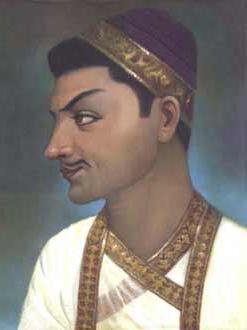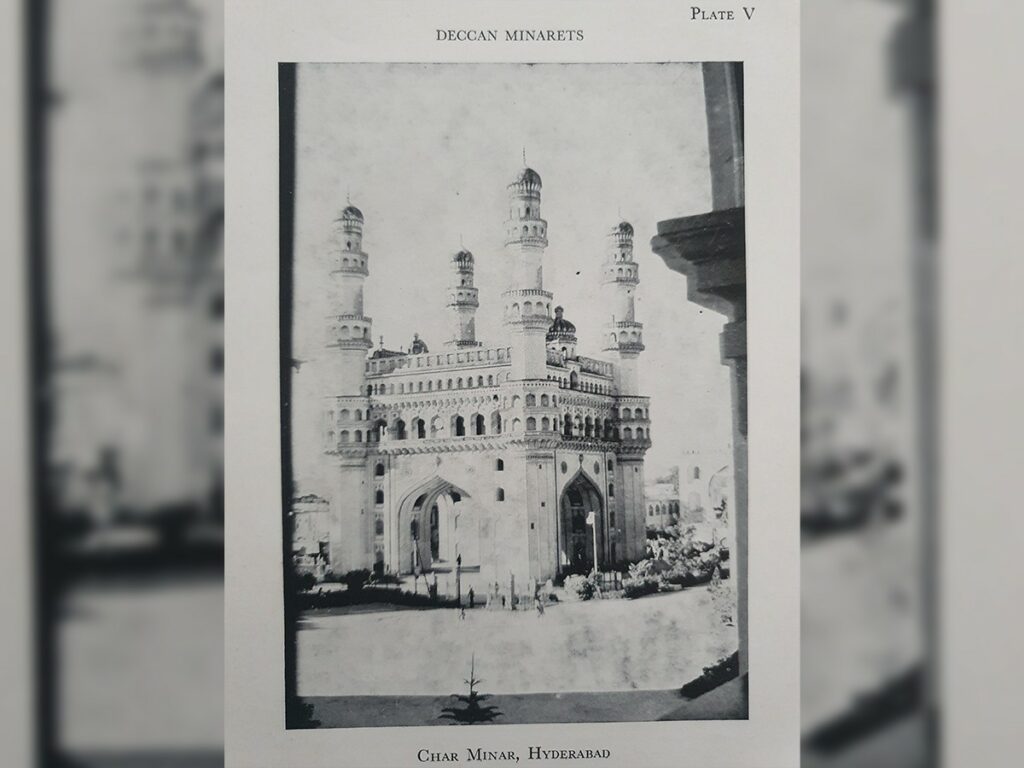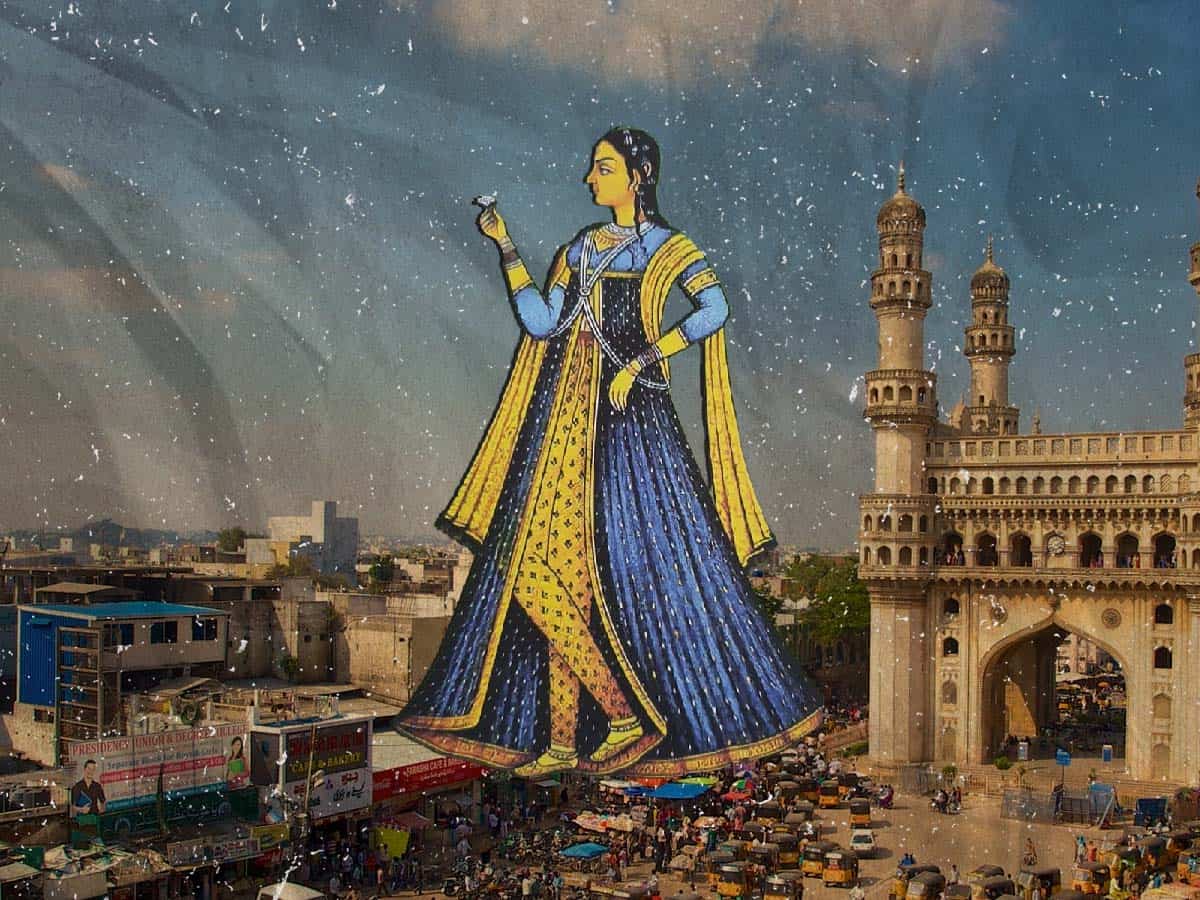Hyderabad: History is peppered with legends and myths. Sometimes, in the absence of facts, those are all that we have. And unfortunately, Hyderabad is one such place which has its foundations tied to the legend of Bhagmati, the supposed lover of our city’s founder Mohammad Quli Qutb Shah.
The long-standing debate over her existence and whether Hyderabad was really named after her constantly resurfaces in the news. Often introduced as the courtesan or lover of Mohammad Quli Qutb Shah, there is very little knowledge of who she was otherwise. What are her origins? Why wasn’t she the queen? Was she a Hindu who converted to Islam for the king?
In a parallel universe, learning about her and Hyderabad would have probably been fun. But in today’s climate where calls are being made to change the city’s name to Bhagyanagar, it’s important to learn facts.
Who was Bhagmati? Did she really exist?
First the basics. Mohammed Quli Qutb Shah was the fourth king of the Qutb Shahi or Golconda dynasty (1518-1687). He founded Hyderabad in 1591. Prior to that, his grandfather Sultan Quli, a native of Hamadan in Iran, had founded Golconda fort as a walled city in 1518.
After coming to India as a child, Sultan Quli rose to the position of governor of Tilang (Telangana) under the Bahamani kingdom (1347-1518). He became a king after the Bahamani empire collapsed, thus starting the Golconda dynasty. The fort was a walled city until Mohamed Quli Qutb Shah decided to move out and built a new city – Hyderabad, in 1591.
According to legend, Mohd Quli Qutb Shah was in love with a Hindu woman named Bhagmati even before Hyderabad was founded. His father was the third king Ibrahim Qutb Shah, who constructed the Puranapul bridge in 1578. The bridge connects the Golconda fort and Old City, and the story is that it was built for his son so he could meet Bhagmati.
The love story
However, when the Puranapul was built, Mohammad Quli was just 12 years of age. That is a fact. So was he in love with Bhagmati at such a young age? Moreover, Ibrahim in fact wanted to move out of the Golconda fort. Logically, he would have built the bridge keeping in mind water requirements. Hyderabad was founded on the southern banks of the Musi river.
Mohammad Quli Qutb Shah, known as a ‘lover boy’ in Hyderabad’s history, became the king in 1580. After that, it is said, married Bhagmati and later named the new city he founded after her: Bhagnagar. The name Hyderabad comes later after Bhagmati converted to Islam and took on the name of Hyder Mahal, the legend says.

However, it is pertinent to note that Mohammed Quli’s father Ibrahim was married to a woman named Bhagirathi. So even if the son did have a Hindu lover, it would not be out of place. The issue at hand is if she existed and if Hyderabad was called Bhagyanagar at least at some point.
What history books say
Historians from Hyderabad have also never been on the same page about Bhagmati. The late Haroon Khan Sherwani, who is considered to be an authority of Deccan history, had always refuted the existence of the woman in his works.
In the book History of the Medieval Deccan, edited by him and P. M. Joshi, he points out on page 459: “…numismatic evidence also points to the same direction (non-existence)…we have coins struck in 1012/1603 at Daru’s-Saltanat Haidarabad, but we have no coin which was minted at ‘Bhagnagar’”.
Sherwani has suggested that the word ‘Bhagnagar’ is a reference to Hyderabad being a “city of gardens”. He points to 17th-century travellers, like the Frenchman Jean Baptiste Tavernier, who used both words Hyderabad and Bhagnagar. Bhagmati, he says is just a legend and never existed.
On the other hand, we have Nizam-era historians like Syed Ali Asgar Bilgrami. He on the other hand simply says that the city was renamed to Hyderabad seven years after the death of Bhagmati.
“Bhagnagar or the city of Hyderabad was founded by Sultan Muhammad Quli Qutub Shah V, in 999 A. H. (1590 A.D.). Sultan Muhammad Quli’s sweetheart Bhagmati resided in the Chichlam village which is now called Shah Ali Banda and the city of Bhagnagar was styled after name, but after her demise it was denominated Hyderabad…,” reads the opening para from his book Landmarks of the Deccan on the Charminar.
Evidence of Bhagmati’s existence yet to be found
Another thing many point out is that other courtesans like Taramati have their graves and other evidence of their existence. So if Bhagmati was in fact real and important for Hyderabad, ideally some marker of her life should have been found. A few claims of her grave were made in the past but were not true.
Moreover, Mohd Quli Qutb Shah’s grandson (and seventh king) Abdullah Qutb Shah was also in love with a woman named Taramati. She was his courtesan, who is buried in the Qutb Shahi Tombs, the necropolis where the Golconda kings are buried. Moreover, unlike Bhagmati, another marker of Taramati is the Taramati Baramati built for her as a stage.
However, it may be pertinent to note that there are contemporary (Mughal) sources in history which mention Bhagmati. Unfortunately, for all of what it is worth, what we will always be left with is the legend and debates.
The name ‘Hyderabad’ is a derivative of Hyder, the second name of Imam Ali (son-in-law of the Prophet Mohammed), who Shia Muslims follow. The Qutb Shahis of the Golconda kingdom were orthodox Shias.
Does it matter?
However, many others believe that Mohd Quli Qutb Shah had a lover, as there is some circumstantial evidence. Bhagmati is referred to, albeit in a derogatory manner, in some Mughal sources from the 16th century about Hyderabad.
Hyderabad was destroyed by the Mughals under Aurangzeb, who conquered the Golconda kingdom after an eight-month long battle in 1687.
Regardless, it may however be noted that Bhagmati being real or not in any way makes no difference to Hyderabad. Her legend is not associated with the city as an important point in history. With or without her, Hyderabad would have been built, and the Golconda kingdom would have gone on to meet the same fate as well.
Bhagyanagar – politicisation and the unauthorised temple on the Charminar
While Bhagnagar is linked to Bhagmati, right-wing groups and the BJP are demanding Hyderabad to be renamed as Bhagyanagar. This has nothing to do with the courtesan and more to do with the Bhagyalaxmi temple at the Charminar.
No info on Bhagyanagar – ASI
On August 4, the Archaeological Survey of India (ASI) here said it has no information on Hyderabad being named Bhagyanagar. It also said that it has no details of historical records of the Bhagyalaxmi temple at the Charminar.

The ASI’s response on the Bhagyanagar name for Hyderabad and the Bhagyalaxmi temple was given to activist Robin Zacheus. The activist posed a bunch of questions to the ASI’s Hyderabad circle, under which the Charminar and Golconda fort come. Robin asked for records or historical evidence on these matters through a Right to Information (RTI) query.
ASI itself has said Bhagya Laxmi temple at Charminar is unauthorised
The Bhagyalaxmi temple that is attached to the Charminar is in fact an illegal structure. It is believed to have come up in the late 1960s. Even the Archaeological Survey of India (ASI) has acknowledged it. At a presentation at Lamakaan in Hyderabad in 2019, former superintending archaeologist of ASI, Milan Kumar Chauley, reiterated the same.







